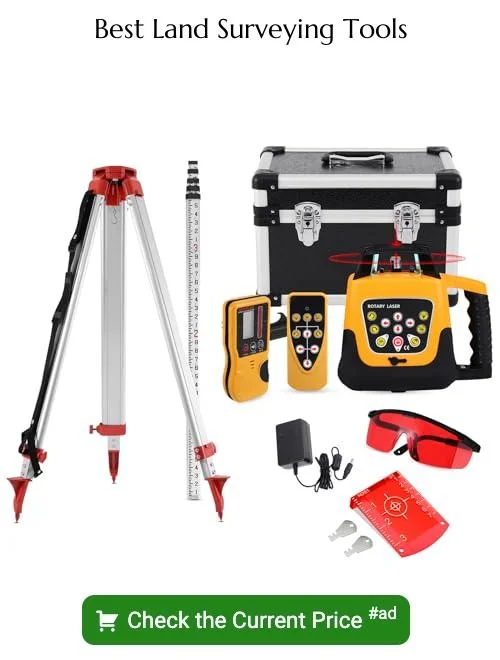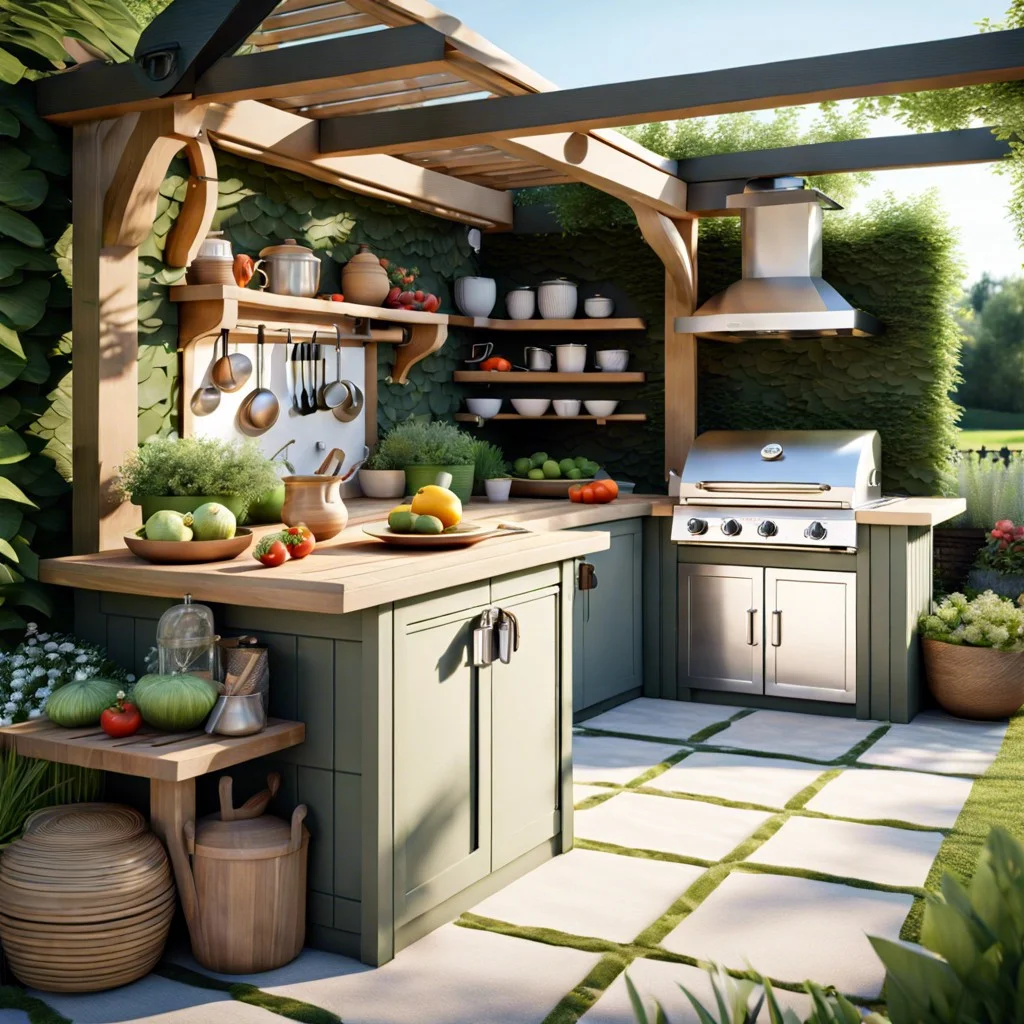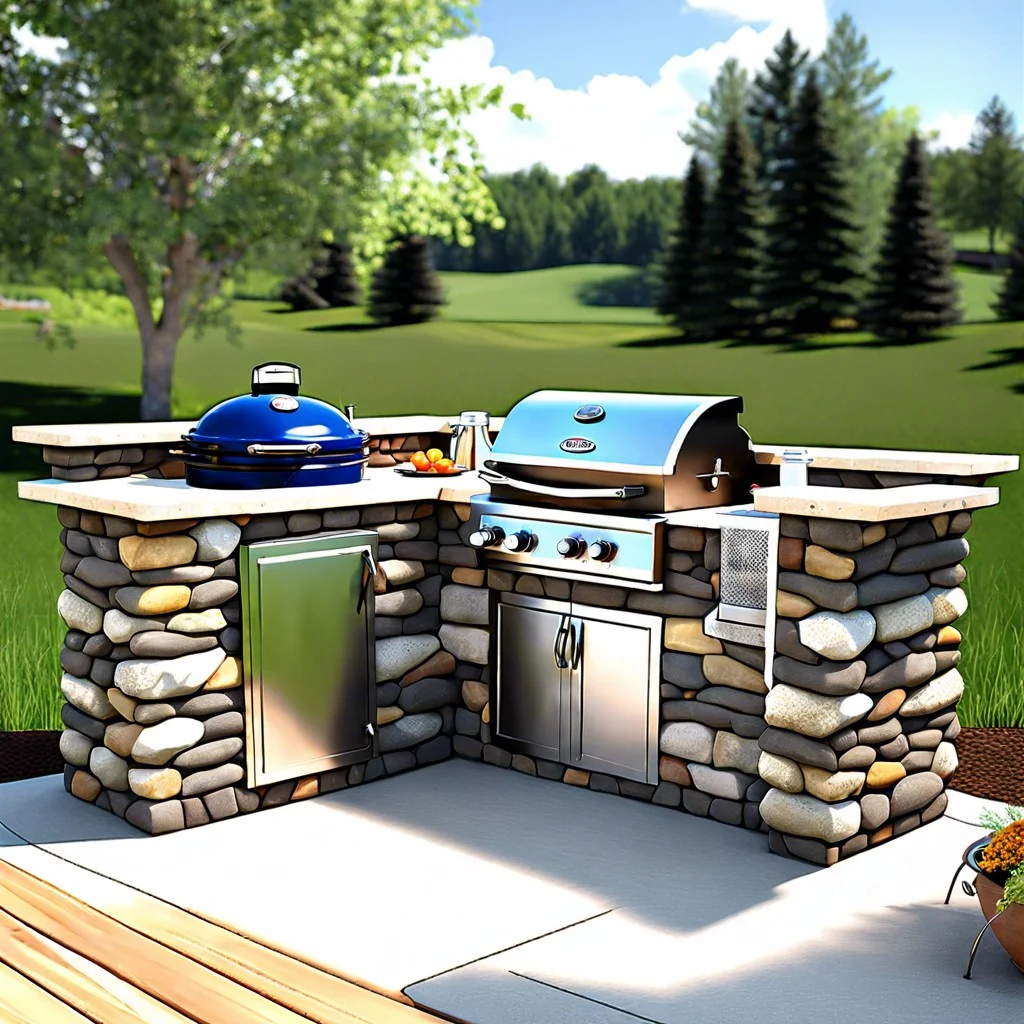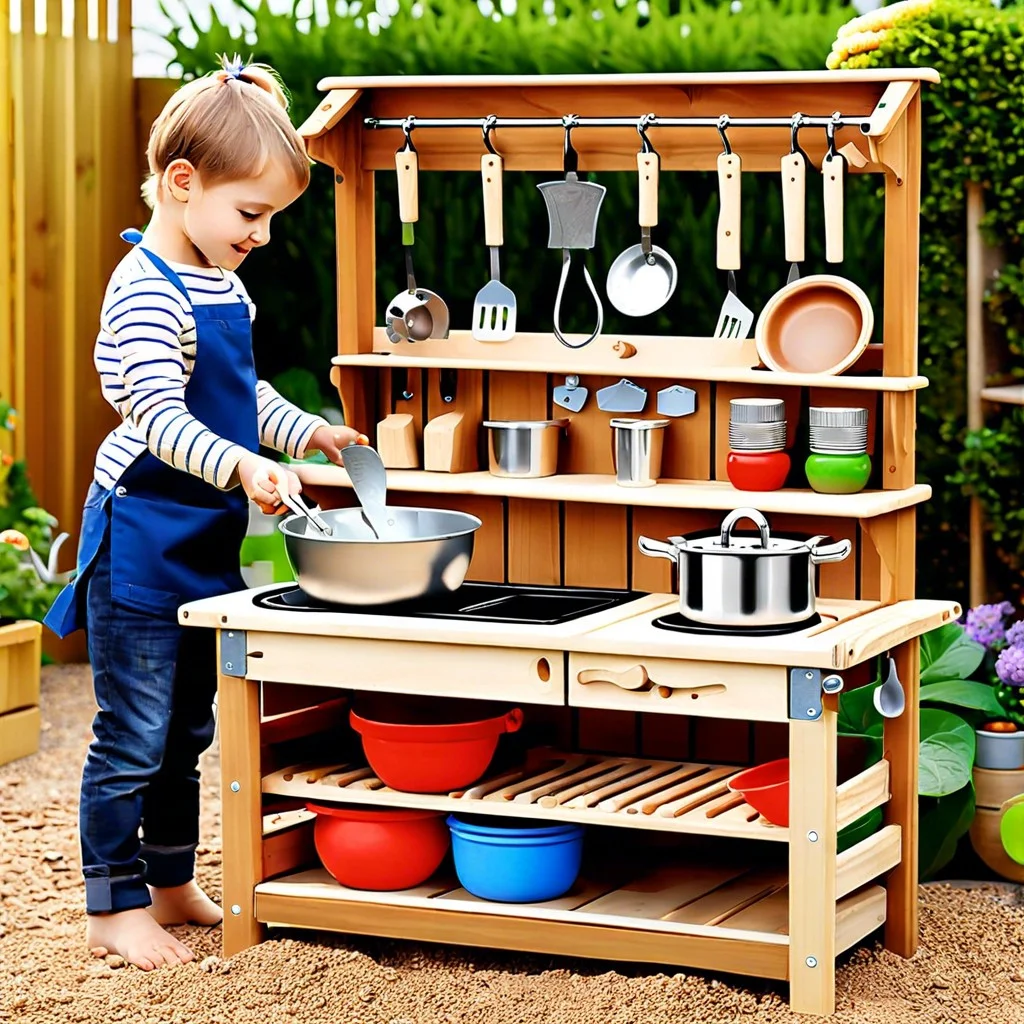Last updated on
Exploring the vastness of 30 acres, this article dives deep into understanding its actual size through insightful conversions and tangible visual comparisons.
Key takeaways:
- 30 acres is approximately 121,405.8 square meters.
- 30 acres is equivalent to 1,306,800 square feet.
- One acre is roughly the size of 22.7 American football fields.
- 30 acres can fit approximately 96 average-sized homes.
- 30 acres offers potential for farming, conservation, or recreational use.
What's Inside
How Big Is 30 Acres: Other Formal Measurements
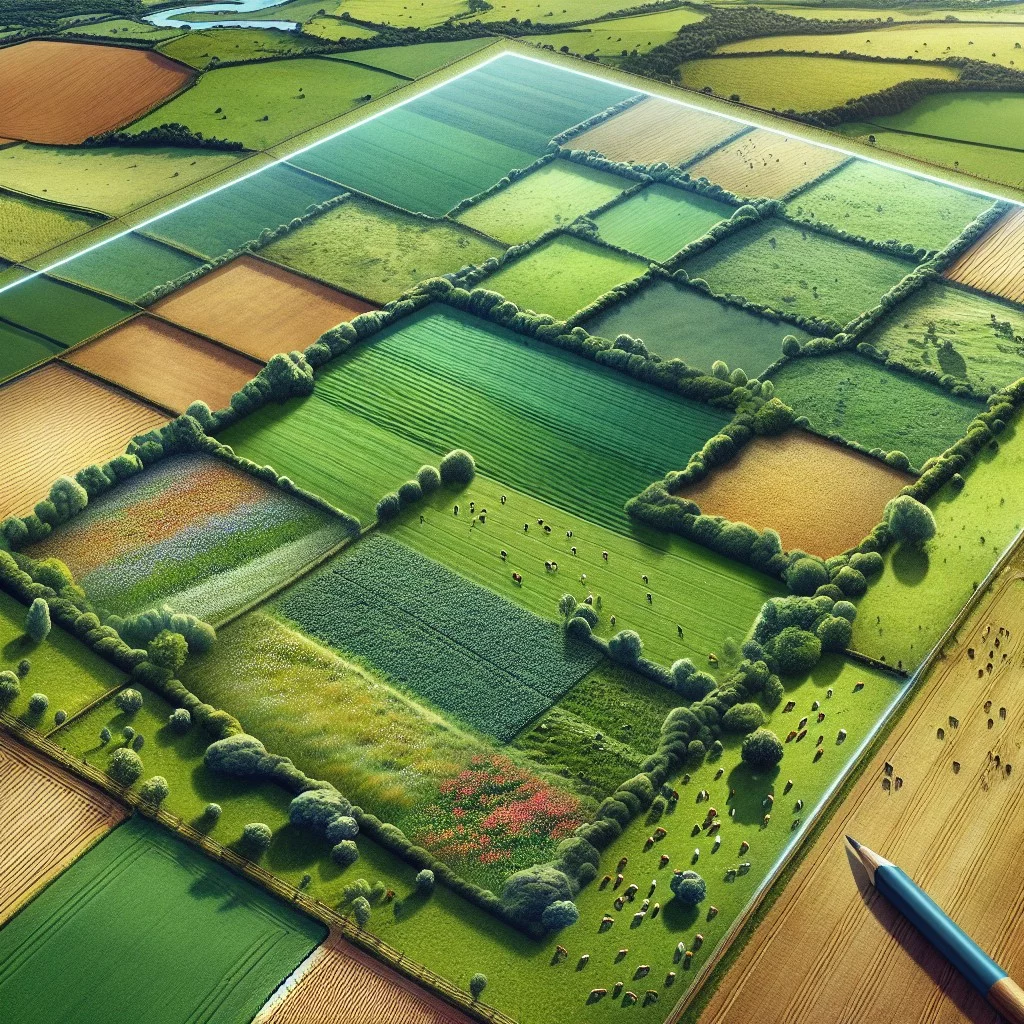
Understanding the scope of 30 acres requires translating acres into more universally understood units.
- Square Meters: An acre contains 4,046.86 square meters. Therefore, 30 acres are equivalent to approximately 121,405.8 square meters. This offers a clear delineation of space for those more familiar with the metric system.
- Square Feet: With each acre comprising 43,560 square feet, 30 acres clock in at a substantial 1,306,800 square feet. This comparison is often more tangible for those used to dealing with property or land in the United States.
These measurements give us a standard to visualize and plan for the usage of this amount of land, whether it’s for construction, agriculture, or recreation.
How Big Is 30 Acres in Square Meters?

Translating acres into square meters provides a more universally recognized measurement, essential for international readers or those familiar with the metric system. Thirty acres equal approximately 121,405 square meters.
To put this into perspective, a standard Olympic-size swimming pool measures roughly 1,250 square meters. That means, if you were to imagine a space filled with Olympic pools, around 97 of them could fit into a 30-acre area.
Additionally, for urban dwellers, think about central city blocks which can vary greatly in size, but an average city block might range from 2,500 to 7,500 square meters. Therefore, you could fit roughly 16 to 48 of these city blocks into the space of 30 acres.
This conversion helps to bridge the gap between different systems of measurement, allowing for a clearer understanding of land size across diverse regions.
How Big Is 30 Acres in Square Feet?
Transitioning from the more common measures used in international land dealings, square feet offer a more familiar dimension for those used to dealing in property and real estate in the United States. One acre, equivalent to 43,560 square feet, paints a clearer picture when multiplied to account for a 30-acre expanse.
To put it into perspective, a 30-acre plot translates into a vast 1,306,800 square feet.
This staggering number can be hard to visualize, but breaking it down into relatable units helps. Consider a standard American football field, which includes the end zones, is about 57,600 square feet. This reveals that 30 acres is approximately the size of 22.7 football fields.
However, individual experiences with land might lend the average homeowner more clarity by understanding that an acre can typically accommodate about five average-sized homes. Thus, a 30-acre property could theoretically host an impressive 150 homes, barring any legal or practical restrictions.
Understanding the square footage of 30 acres sets a firm foundation for grasping the size of this land offering, illuminating its potential for development, conservation, recreation, or a mix of uses.
A Visual Comparison: How Big Is 30 Acres of Land?
Visualizing 30 acres can be a challenge without relatable examples, so let’s ground the concept in everyday sights. Imagine a standard American football field, which, including the end zones, is about 1.32 acres. Lining up approximately 23 football fields gives us a rough equivalent of the expansiveness of 30 acres.
If sports aren’t your thing, think instead of a parking lot that could hold around 1,200 standard-sized cars. This size is a good representation of the sheer space 30 acres encompass.
For a more urban image, an average city block in the U.S., taking into account variances by region, could be roughly two acres. Therefore, imagine a neighborhood of about 15 blocks and you’ve captured the 30-acre picture.
All these examples paint a picture of a vast area, large enough for significant agricultural, residential, or commercial development, and they help illustrate just how substantial a 30-acre property is in practical, visually familiar terms.
How Big Is 30 Acres Compared to a Football Field?
Envisioning the vastness of 30 acres becomes easier when we compare it to something familiar like a football field. An American football field measures 120 yards long, including the end zones, and 53.3 yards wide, totaling 57,600 square feet. To put it into perspective, one acre is 43,560 square feet. This means a single football field is about 1.32 acres including the end zones.
Now, let’s scale this up. With 30 acres at your disposal, you’re looking at a swath of land that is equivalent to nearly 23 football fields laid out side by side. It’s quite the expanse, offering ample room for diverse activities ranging from sports events to large community gatherings. Imagine hosting a series of sports tournaments or setting up an expansive outdoor festival. With 30 acres, such dreams can easily become a reality, offering a vivid idea of the space’s potential.
How Many Average-size Houses Fit in 30 Acres of Land?
Understanding the spatial capacity of 30 acres can be clarified by breaking it down into residential sizes. The typical lot for a single-family home can vary greatly depending on location and zoning, but for this exercise, let’s consider an average-sized lot to be about 1/4 acre. This size would accommodate a moderately sized house with a small yard.
Quick math tells us that four of these home lots make up one acre; thus, 30 acres could theoretically hold about 120 average-sized homes. However, this doesn’t account for necessary infrastructure like roads, sidewalks, or communal areas, which would somewhat reduce the actual number of homes that could fit within this expanse.
For the sake of a realistic layout, assume that only 80% of the land is used for the houses themselves with the remaining space dedicated to public use and access. That brings us to roughly 96 homes, demonstrating that 30 acres is quite a substantial area in a residential context.
What Can You Do With a 30-acre Plot?
Imagining the expanse of 30 acres might seem overwhelming at first, but this land size opens a myriad of possibilities for both personal and commercial use.
For aspiring farmers, a plot of this scale is excellent for starting a traditional farm. Whether it’s for raising livestock or cultivating crops, the ample space allows for the operation to grow and prosper without the immediate need for expansion. It also lends itself well to organic farming, where crop rotation and sustainable practices can thrive.
In today’s health-conscious society, starting a Community-Supported Agriculture (CSA) program can be both socially beneficial and profitable. Local community members can purchase shares of the harvest, creating a direct farm-to-table supply chain. This not only fosters a sense of community but also encourages healthy, sustainable living.
For those with a penchant for equestrian pursuits, 30 acres is more than sufficient for creating a horse farm, with space for stables, training grounds, and grazing.
Those interested in conservation can use the land to protect certain species of wildlife, or to create a private nature reserve, ensuring local flora and fauna have a sanctuary.
The size also lends itself to recreational pursuits, like a private hunting ground or an extensive personal garden and orchard.
Moreover, for the community-minded, such a plot can be subdivided into a small residential development or utilized for community-building amenities, such as parks or sports facilities.
Each of these pursuits, from farming to conservation, harnesses the potential of the 30-acre plot, transforming it from a mere measurement to a foundation for productivity, enjoyment, and service to the community.
Use for Agriculture
Thirty acres offer ample space for various agricultural pursuits. Cultivating crops like corn, soybeans, or wheat is feasible, with each acre potentially yielding up to 148 bushels of corn, 45 bushels of soybeans, or 50 bushels of wheat on average. This land size also supports diverse farming operations, such as rotating crops to replenish soil nutrients and prevent pest cycles.
If you’re considering livestock, this plot can sustain a small herd comfortably. For instance, based on rotational grazing techniques, it can accommodate around 30 beef cattle. This practice optimizes pasture growth and animal health, facilitating a sustainable operation.
Farmers can also explore specialty markets like organic produce or heirloom varieties, making the most of the “niche” trend. By growing highly sought produce, you can tap into premium pricing and loyal customer bases.
Moreover, 30 acres is a suitable size for integrating agricultural techniques as it provides enough room to implement technologies or systems such as drip irrigation or greenhouses, which can increase yield and extend growing seasons.
Remember, successful agriculture involves not only the size of the land but also the quality of soil, availability of water resources, and local market demands. Before diving in, conducting thorough research on these aspects will help in shaping a viable agricultural business plan.
Start a Community-Supported Agriculture (CSA)
Community-Supported Agriculture, or CSA, offers a unique model in which both producers and consumers share the risks and benefits of farming. Operating a CSA on your 30 acres could foster a strong relationship with community members who would pay a subscription fee upfront. This model provides them with regular shares of harvested crops throughout the growing season.
By implementing CSA on your land, you encourage local food production, and you embark on sustainable farming practices which appeal to environmentally conscious consumers. Additionally, you can diversify the crops grown, increasing biodiversity and resilience against pests or disease, which is beneficial for both the land and the members.
Moreover, educational workshops and farm visits can be integral to your CSA, enhancing knowledge-sharing opportunities about food production. This approach not only adds value to the subscription but also strengthens the bond between land, grower, and community, fostering a more informed and engaged public.
Remember, the success of a CSA often hinges on effective communication and a clear agreement between you and your members, ensuring all parties’ expectations are met and contributing to the long-term viability of your farming venture.
How Much Can You Make Off an Acre of Farmland?
Determining the profitability of an acre of farmland relies on numerous variables, including crop choice, market conditions, weather patterns, and farming practices. A well-managed acre cultivated with high-demand crops can yield a significant return. For instance, an acre of corn might bring in $500 to $1,000, while high-value organic vegetables could net substantially more.
Land leasing presents another income avenue. In the United States, lease rates can range anywhere from $50 to over $300 per acre, reflecting land quality, location, and lease agreement specifics. Moreover, government subsidies or conservation programs can provide additional revenue streams for farmers.
Farmland can also appreciate in value over time, contributing to long-term financial gain for the owner beyond annual crop profits. It’s important to note that while these figures offer a glimpse into potential earnings, actual income can vary widely based on farming efficiency and investment in the land.
FAQ
How big is 30 acres in football fields?
30 acres is approximately equivalent to the size of 22.7 standard American football fields.
How big is a 30 acre farm?
A 30-acre farm is approximately 1,306,800 square feet, which converts into a square plot of land measuring roughly 1,143.15 feet on each side, just a smidgen less than a quarter mile.
How big is an acre visually?
Envisioning the size of an acre, it’s helpful to think of nearly the full expanse of an American football field—though technically an acre is slightly smaller at 43,560 square feet, the field’s 48,000 square foot approximation provides a practical reference.
What is the circumference of 30 acres?
The circumference of a circle comprising 30 acres is approximately 4052 feet.
How many city blocks are equivalent to 30 acres?
There are approximately 22.95 city blocks in 30 acres, if one standard city block is considered to be roughly 1.32 acres.
How does the size of 30 acres compare to international landmarks?
Thirty acres is approximately equal to 22 soccer fields, 45% of Vatican City, or one-sixteenth of Central Park in New York City.
How many square feet or meters are in 30 acres?
There are 1,306,800 square feet or approximately 121,406.04 square meters in 30 acres.
